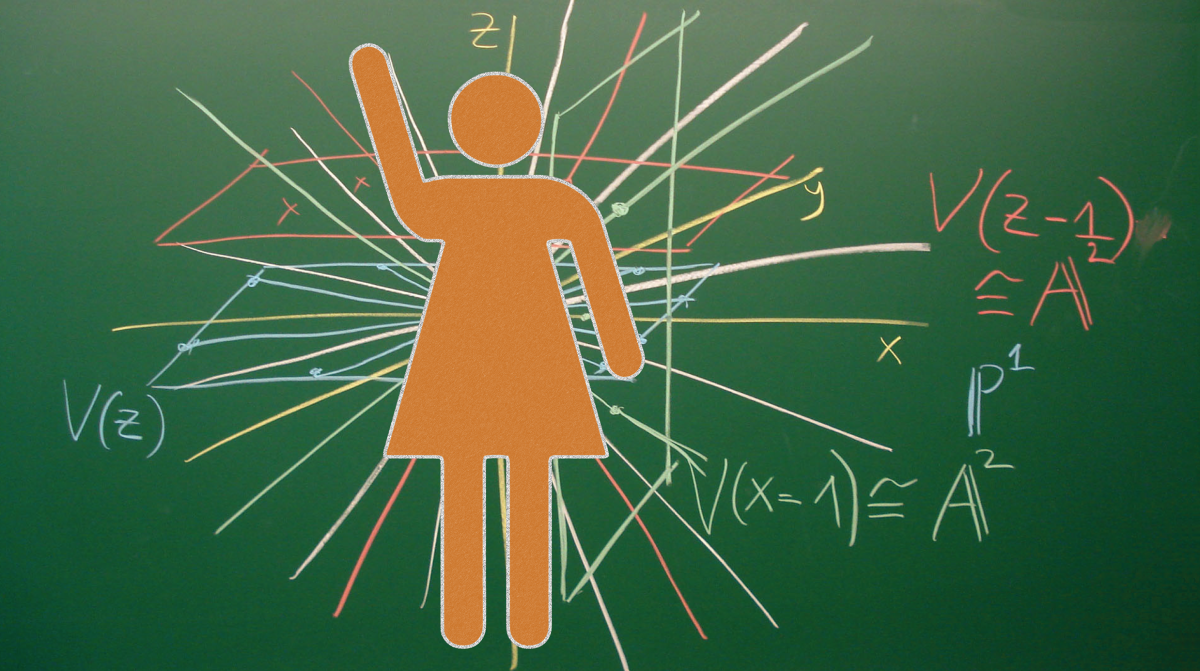Dear Editor,
I would like to respond to a comment made by a male student in the article “A thread of interrelationship” written by Mark De Leon, ’17, in the March 29 issue of The Hawk. His comment, although I’m sure it wasn’t meant to be, was indicative of one of the prevalent issues facing women in STEM. The student, after attending an on campus showing of the Oscar nominated film “Hidden Figures,” said of women in STEM, “We need more women who are willing to go that extra mile to convince the doubters of women’s capabilities being equal to that of anybody else regardless of race or any other identifying feature.”
First of all, as a woman in STEM I would like to say, “Hello!” While we may not be here in large numbers, we are here, working beside you in the classroom and lab. I understand that with so few us of we may be easy to overlook, but I would caution you against underestimating us.
My question to males who hold this kind of assumption is this: Why is it that, as women in STEM, we are the ones responsible for going the “extra mile” and convincing the “doubters” that our capabilities in these fields are just as strong as those of our male counterparts? Why should I have to go above and beyond, for example, learning Fortran, which is not widely used outside of a few specialized areas, to prove my worth? Are you saying that if my male counterparts learn seven programming languages I should learn 10 to prove I can keep up?
That just doesn’t seem fair. Yet, I know that I speak for many women in STEM, particularly those that are most heavily male dominated, when I say that we all acutely feel this pressure. We recognize, even if you can’t, that when you make a mistake it’s your privilege to own it as only yours, whereas our individual missteps will undoubtedly be projected onto our entire gender. Many of us do feel the need to work harder and do better to prove to you that we belong.
I would like to reiterate that I am sure that comments such as this one are not meant to be malicious, and I applaud SJU for holding this screening and discussion to increase awareness of diversity issues in STEM. However, it is clear that we still have a long way to go. In conclusion, as always, we need to keep checking our biases and continue doing what we can to make the STEM community accessible and inclusive for all.














































